|
Previous Colloquia in Physics & Astronomy
|
| The 40 Year Road to Precision Calculations for the LHC |
| Prof Mike Seymour |
University of Manchester |
|
14:00, Wednesday 10 December 2025 | | Physics Lecture Theatre C (Building 46/2005) |
|
STAG colloquium
|
|
 |
|
| Systems Engineering — a few short case studies |
| Harry Entwistle |
Thales UK |
|
14:00, Thursday 4 December 2025 | | Murray Conference Room (Building 58/1064) |
|
(TBA)
|
|
 |
|
| Hidden Variables, Bell's Inequality, and Experimental Tests |
| Prof Douglas Ross FRS |
University of Southampton |
|
15:00, Friday 21 November 2025 | | Physics Seminar Room (Building 46/5081) |
The existence of hidden variables was postulated by Einstein as an explanation of the thought experiment described in his paper with Podolski and Rosen. Prof Ross will review the arguments that led John Bell to formulate inequalities, which had to be satisfied in any theory of (local) hidden variables, as well as the modifications of these inequalities which enabled them to be tested experimentally. He will then describe some of the experiments which were carried out in order to test these inequalities, with particular emphasis on the Nobel-prize-winning experiments of Aspect, Clauser and Zeilinger.
This colloquium should be accessible to anybody who has attended a course of Quantum Mechanics.
|
|
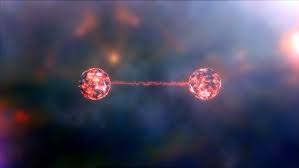 |
|
| The Road to Ultracold Atoms and Stops Along the Way |
| Dr Carrie Weidner |
University of Bristol |
|
15:00, Friday 24 October 2025 | | Physics Seminar Room (Building 46/5081) |
It's no secret that it takes time to build up a new experiment capable of trapping ultracold atoms in a three-dimensional optical lattice potential, then manipulating them for the purposes of quantum sensing and simulation. This is precisely what my research group in Bristol (the Generally Experimental Control and Kwantum Optimization, or GECKO group) has been doing for the past couple of years. While we aren't quite there yet, I want to tell you about what we plan to do once we get there. However, my group has been hard at work in other ways.
In this talk, I’ll take you on a tour of some of the work my group, my collaborators, and I have done in the past few years. I’ll describe the birth of my research group by discussing our hot atom vapour magnetometer before diving into the fun we’ve been having studying how to control single, ultracold atoms in optical lattices, as well as our efforts in building a machine that can implement some of these studies.
|
|
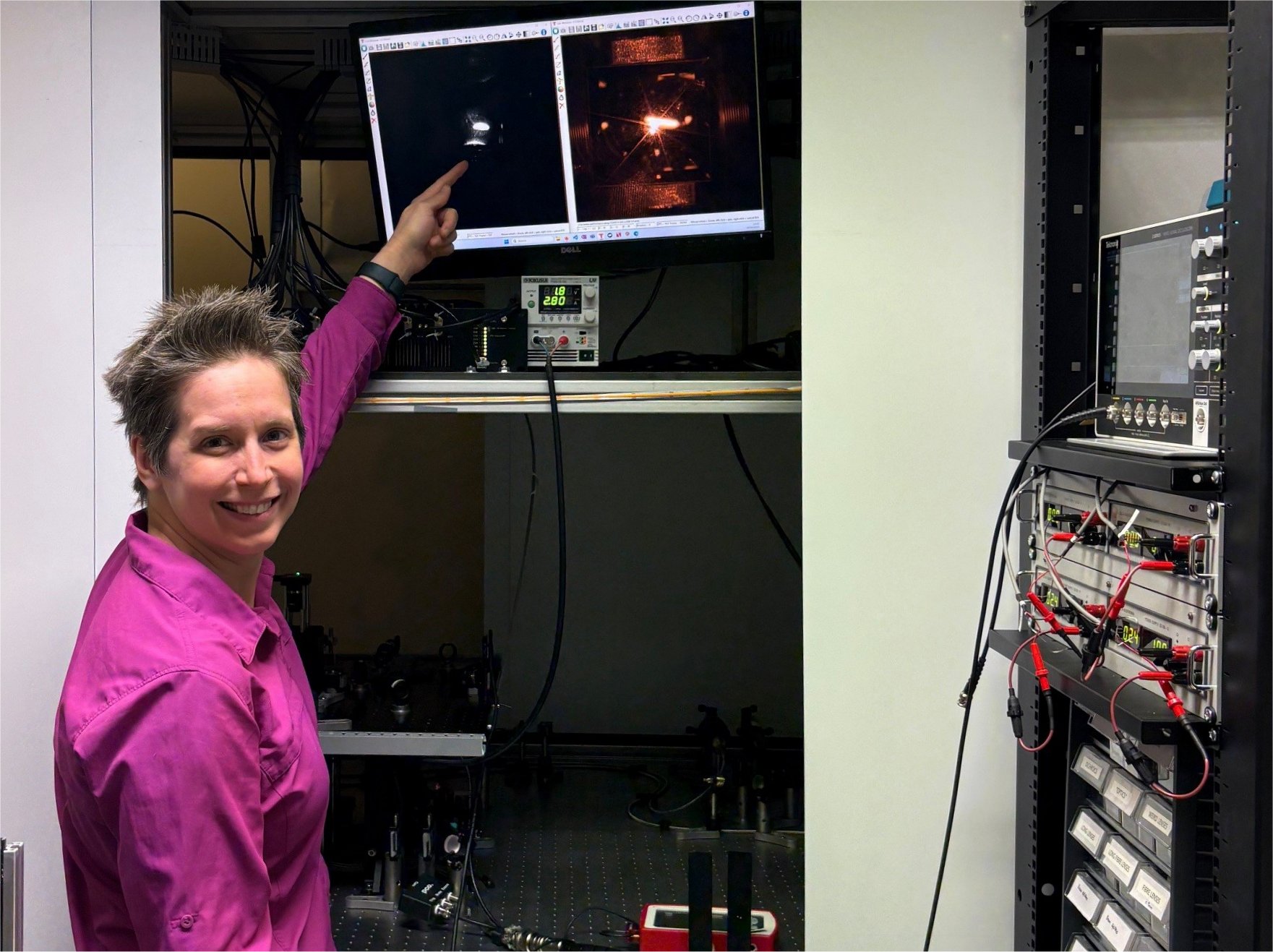 |
|
| Hampshire's Space Rocket - the story of the Skylark |
| Robin Brand |
|
|
15:00, Friday 2 May 2025 | | Physics Seminar Room (Building 46/5081) |
These days, few have heard of the Skylark sounding rocket. Yet, in November 1957, it was the first British rocket to reach space, and became the basis of Britain's earliest space programme. Hundreds were fired, launching into space thousands of scientific instruments. Many of these carried out pioneering astronomical observations in the X-ray and UV spectrum – regions previously unavailable to British scientists.
This talk tells the story of that space rocket, from its origins in the 1950s until its last launch exactly 20 years ago. Some rare photographs from Australian archives, and rare video footage of Skylark launches, will be shown during the presentation.
An electronic engineer by profession, Robin Brand has always been interested in space matters , having graduated from the 'Eagle' comic and 'Dan Dare' (in colour) via 'The Sky at Night' (in black and white) to membership of the British Interplanetary Society (in 3D!). His book Britain's First Space Rocket: the story of the Skylark will be for sale after his talk.
|
|
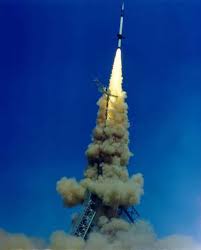 |
|
| Brillouin Optomechanics in Whispering-Gallery-Mode Microresonators: strong coupling, the lasing transition, and single-phonon addition and subtraction operations
|
| Prof Michael Vanner |
Imperial College, London |
|
15:00, Friday 28 March 2025 | | Physics Seminar Room (Building 46/5081) |
|
Brillouin-Mandelstam scattering in whispering-gallery-mode microresonators offers an exciting avenue to pursue both classical and quantum optomechanics applications. Our team — the Quantum Measurement Lab — together with our collaborators, are currently exploring and utilizing the favourable properties this platform affords for non-Gaussian motional state preparation of acoustic fields. In particular, the high acoustic frequencies, acoustic mode selectivity, and low optical absorption provide a promising route to overcome current hindrances within optomechanics. Some of our key recent results in this direction include: the first observation of Brillouin optomechanical strong coupling, single-phonon addition and subtraction to a thermal state of the acoustic field, advancing the state-of-the-art of mechanical state tomography to observe the non-Gaussian states generated by single- and multi-phonon subtraction, and studying the second-order coherence across the Brillouin lasing threshold. This talk will cover these results, what they enable, and the broader direction of our lab including the prospects of this platform for quantum science and technology. Time permitting, the talk will also cover our latest experimental research demonstrating enhanced laser cooling via zero-photon detection, and our studies of Brillouin scattering in optical fibre at millikelvin temperatures.
|
|
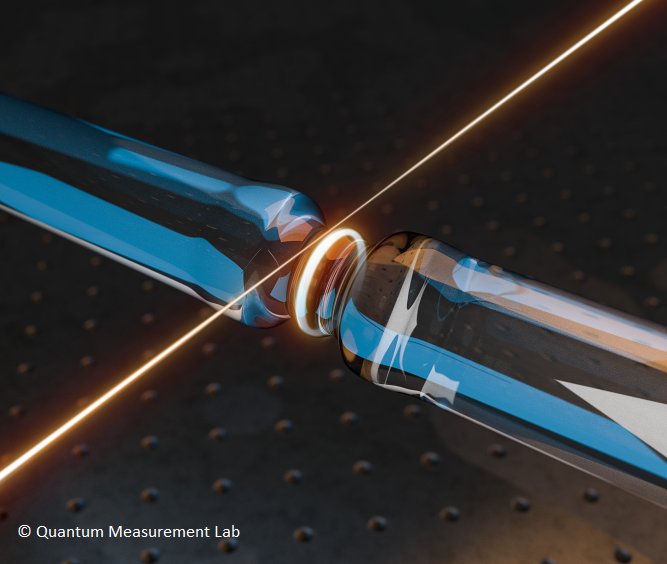 |
|
| Trusted Research |
| Sophie O |
National Protective Security Authority |
|
15:00, Friday 28 February 2025 | | Physics Seminar Room (Building 46/5081) |
The NPSA is the protective security arm of the Security Service, MI5, and along with organizations such as the National Cyber Security Centre works to tackle security threats including espionage and terrorism.
In this colloquium, government representatives Sophie O and Alastair W will outline the risks to academia emanating from state threat actors, ranging from risks to academics themselves through to risks to their research. This will be followed by an introduction to the Trusted Research advice and guidance, which will provide practical steps on how to mitigate research security risks to protect both yourself and your research.
|
|
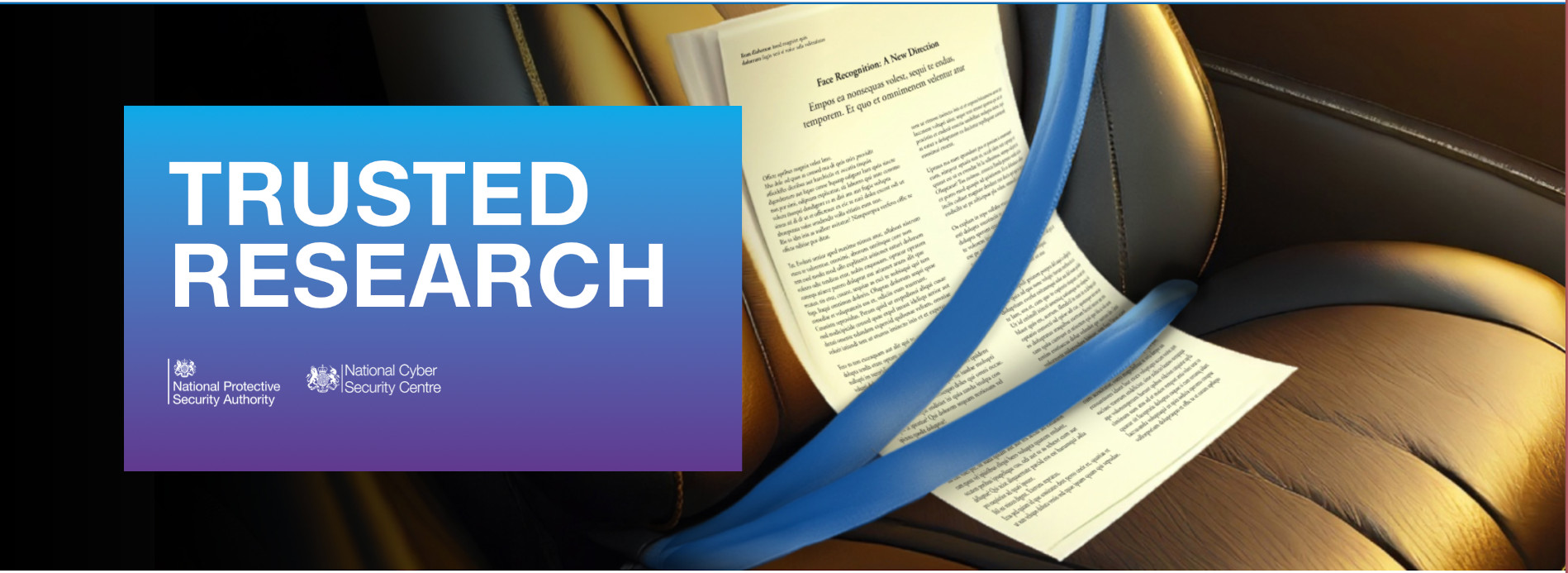 |
|
|
|
